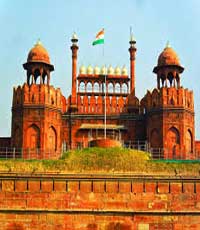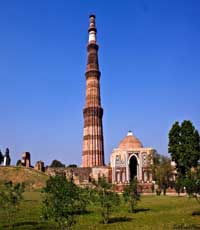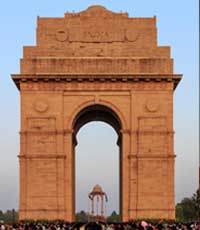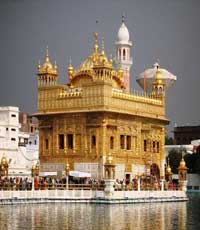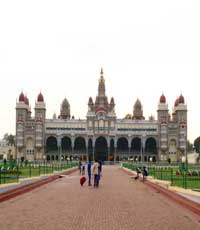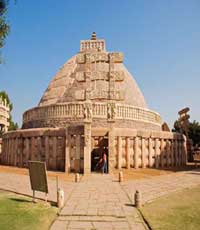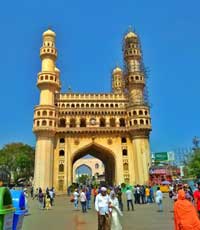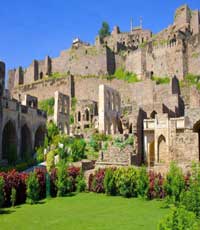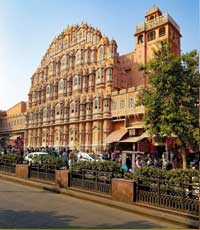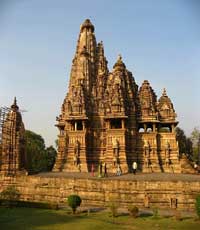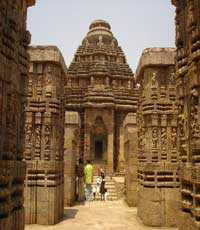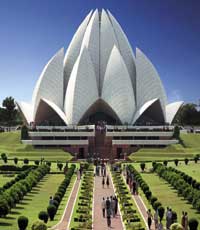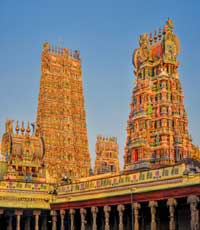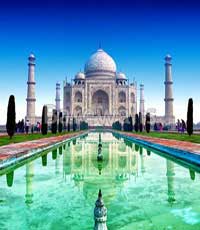
The Taj Mahal 'Crown of the Palace', is an ivory-white marble mausoleum on the southern bank of the river Yamuna in the Indian city of Agra.
It was commissioned in 1632 by the Mughal emperor Shah Jahan reigned from 1628 to 1658 to house the tomb of his favourite wife, Mumtaz Mahal; it also houses the tomb of Shah Jahan himself.
The tomb is the centrepiece of a 17-hectare 42-acre complex, which includes a mosque and a guest house, and is set in formal gardens bounded on three sides by a crenellated wall.
The Taj Mahal was designated as a UNESCO World Heritage Site in 1983 for being "The jewel of Muslim art in India and one of the universally admired masterpieces of the world's heritage". It is regarded by many as the best example of Mughal architecture and a symbol of India's rich history.
The Taj Mahal attracts 7–8 million visitors a year and in 2007, it was declared a winner of the New 7 Wonders of the World 2000–2007 initiative.
